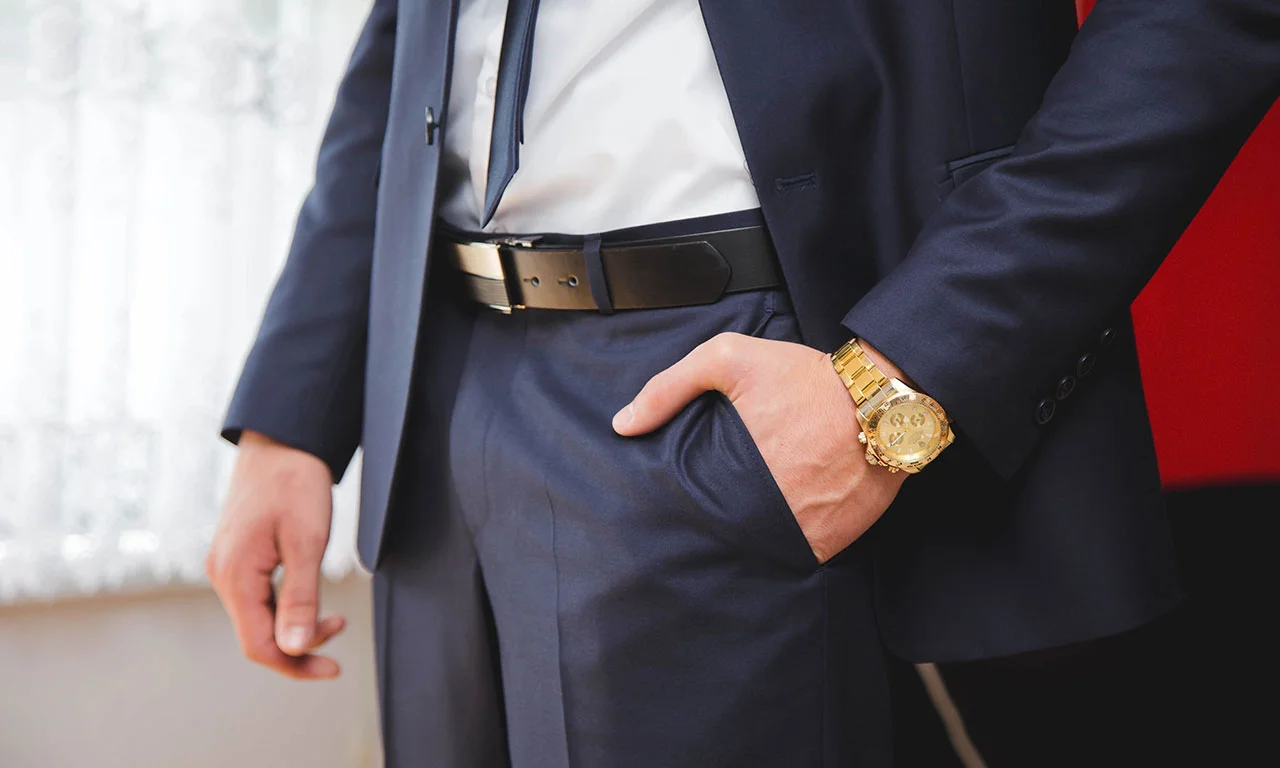In the retail industry, fostering a positive shopping experience is essential for influencing customer behavior and boosting revenue. Commercial furniture, created especially for businesses, has changed from just practical to a strategic instrument that improves appearance, comfort, and the entire shopping experience. This essay examines the substantial role that well-designed business furniture can play in boosting revenue and elevating client happiness.
AESTHETIC APPEAL AND BRAND IDENTITY
Aesthetic appeal is one of the primary ways that commercial furniture influences sales. The furnishings and arrangement of the retail area affect customers’ initial impressions of a business. Customers may be enticed to explore the store more by well-designed commercial furniture consistent with the company’s identity. Consumer trust is increased, and brand awareness is strengthened by furniture that consistently incorporates branding features such as color palettes, materials, and design themes.
COMFORTABLE SHOPPING EXPERIENCE
Customer comfort is a crucial element that directly affects how long they shop for and how much they spend. The shopping experience may be substantially improved by using commercial furniture such as checkout counters, fitting rooms, and seating spaces that are ergonomically designed. Customers are more likely to spend more time exploring when sitting is comfortable, which increases the possibility that they’ll make a quick buy. Additionally, strategically positioned furniture offers opportunities for leisure, enabling customers to recharge and extend their stay, which might result in increased spending.
OPTIMIZED STORE LAYOUT
Successful retail design is characterized by efficient space utilization. Strategic placement of commercial furniture may direct client movement through the store, guaranteeing exposure to various goods. For instance, positioning related interests together promotes cross-selling and upselling. Additionally, furniture aids in dividing the store’s space into different shopping areas, which makes it simpler for consumers to browse and find merchandise. This well-organized structure lessens annoyance and improves the browsing experience, eventually affecting purchasing decisions.
VISUAL MERCHANDISING
Commercial furniture is a flexible visual merchandising tool that enables shops to present their goods in unique and enticing ways. Visual merchandising relies on shelving units, display tables, and mannequins to highlight products and encourage impulsive purchases. Interactive displays and thoughtfully placed furnishings convey a story about the items, evoking feelings of connection and emotion in clients and perhaps increasing conversion rates.
CREATING INSTAGRAMMABLE SPACE
Today’s visual attractiveness of retail places transcends the world thanks to social media. Businesses are using the trend of developing Instagram Mable environments, which are aesthetically appealing settings that urge users to take photos of and share them online. Commercial furniture items that are distinctive and visually beautiful can act as the focal points of these settings, inspiring user-generated material that provides free advertising. This increases foot traffic and broadens the brand’s consumer reach, which might lead to higher sales.
FOSTERING PERSONALIZED INTERACTION
Commercial furniture may be used in a planned way to encourage one-on-one relationships between employees and clients. For instance, inviting seating places stimulates interaction between clients and sales representatives, creating a consultative selling strategy. Dedicated locations for in-depth talks are provided by tables and counters made for product demonstrations or consultations, resulting in more excellent customer knowledge and customized suggestions. These conversations increase the possibility that inquiries will result in purchases by fostering trust.
ADAPTING TO CHANGING NEED
Because business furniture is so adaptable, shops can change with the trends and client preferences. For example, modular furniture may be flexibly rearranged to meet changing space needs. Thanks to this versatility, retailers may experiment with various layouts and product placements, improving the shopping experience for maximum sales effect. Additionally, the flexibility to replace the furnishings in a business may revive client interest, resulting in increased sales and return visits.


















